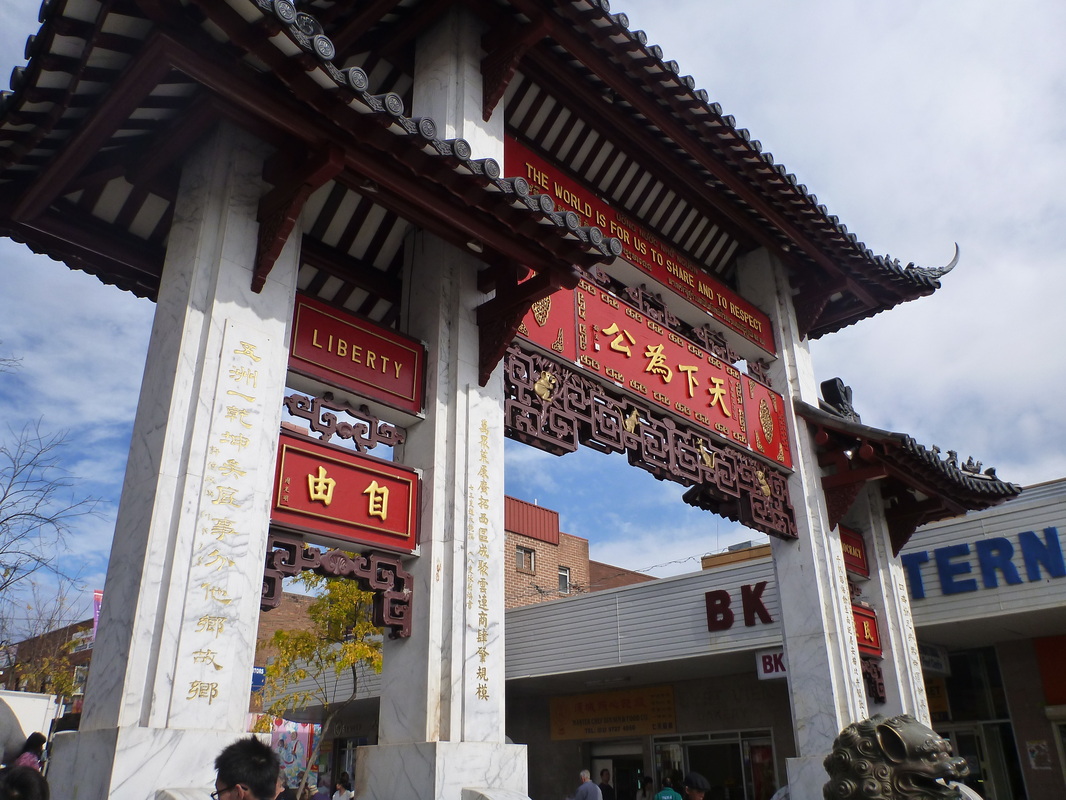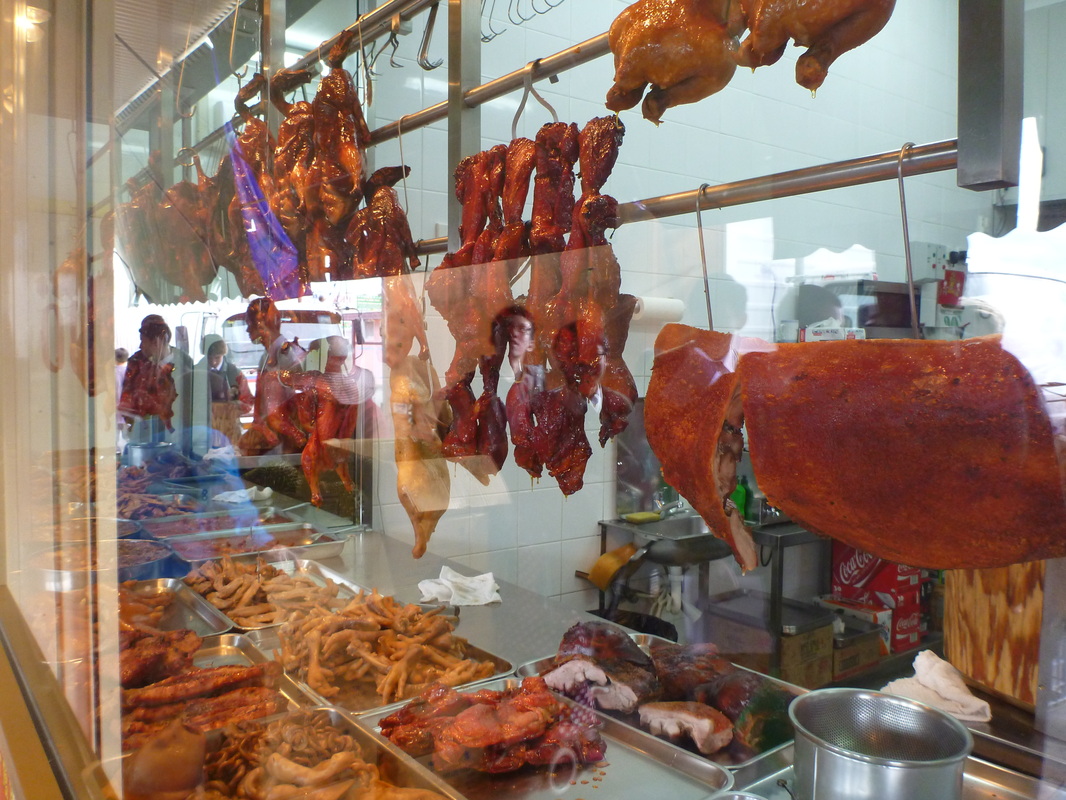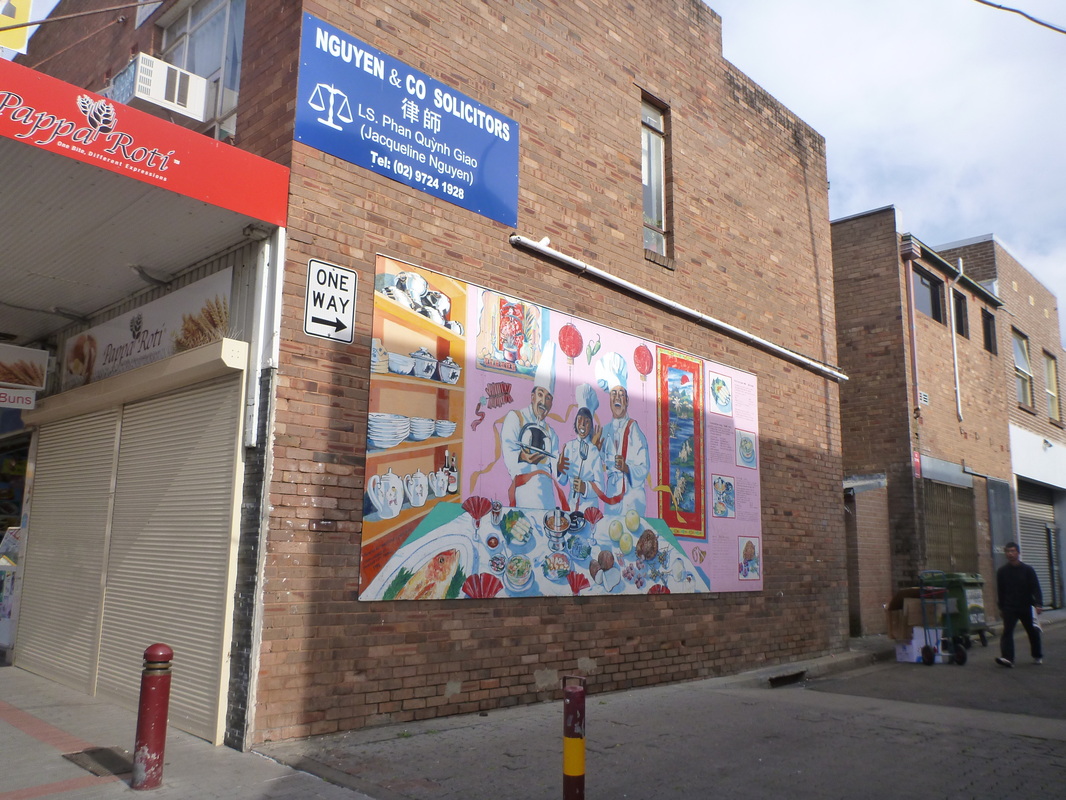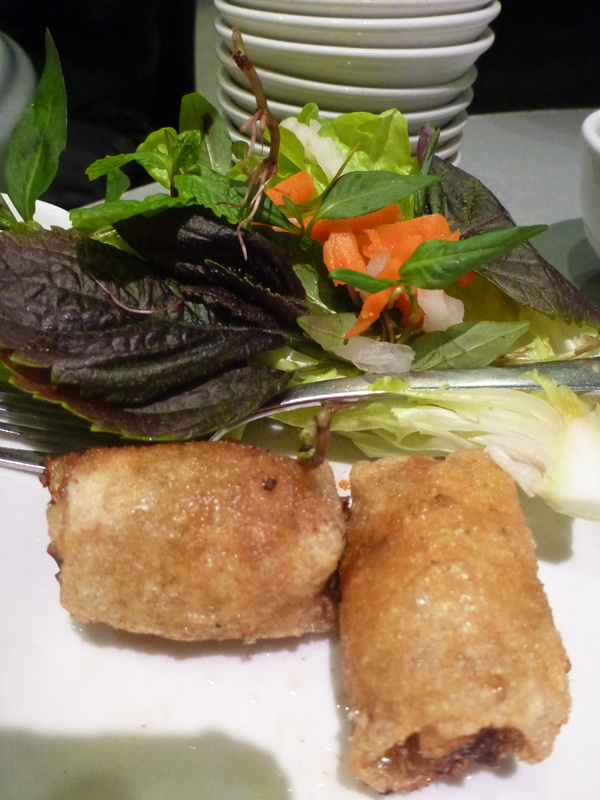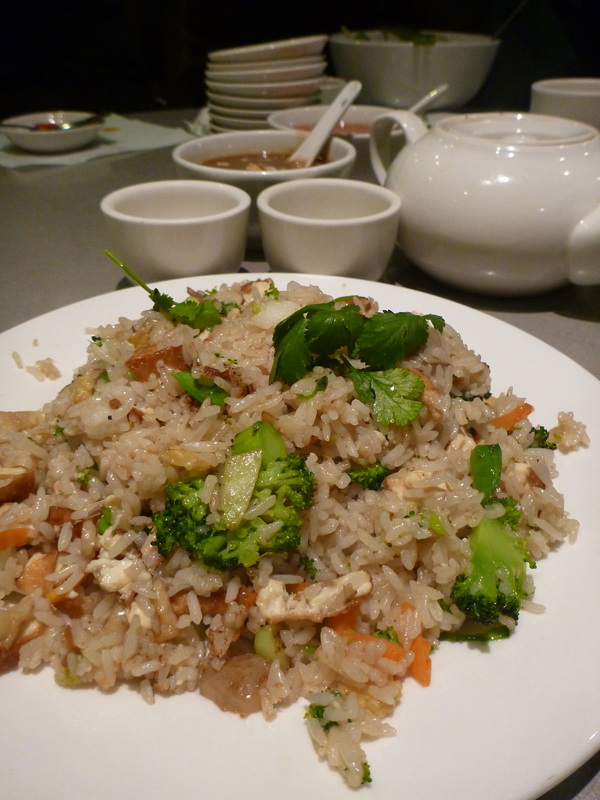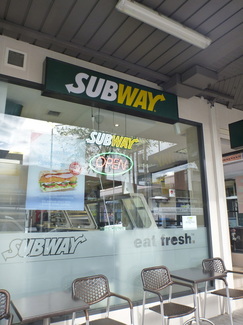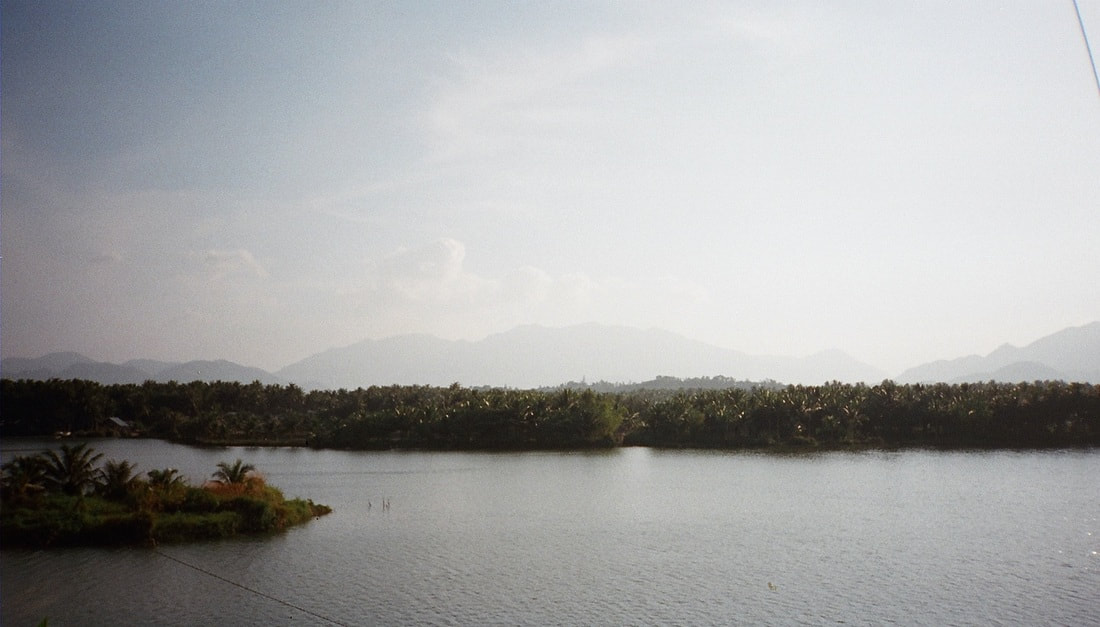|
Choose a conflict that has involved the use of child soldiers.
National Case Law Military Manuals … related to the conflict
Congo 'Terminator' turns himself in to US embassy ICC acquits Congolese warlord Customary IHL - Practice Relating to Rule 136. Recruitment of Child Soldiers
0 Comments
Human rights: the basic rights and freedoms believed to belong justifiably to all human beings. The Universal Declaration of Human Rights was adopted by the UN in 1948, representing the first universal acceptance of the idea of human rights and becoming a reference point of all subsequent human rights treaties.
Define the following terms: - inalienable right - natural law - universal suffrage - universal education - self determination Human Rights links:
Human Rights Research Guide Universal Declaration of Human Rights Articles about human rights. Kenya, Uhuru Kenyatta and politicising the International Criminal Court Passage of the ‘Excision Bill’ undermines human rights Immigrant women 'forced' to perform sex acts in Sydney brothel, jury finds Human Rights Watch Discrimination bill mustn't die, says Human Rights Commission North Korea dismisses UN human rights resolution Human rights declaration dubbed useless Postpone deeply flawed ASEAN Human Rights Declaration Resurrecting the fight for a Charter of Rights Human trafficking: Eliminating human trafficking from the global business landscape Prime Minister announces new program to combat human trafficking Eliminating trafficking from the global business landscape Exploitation of workers: What is child labour? Cocoa campaign: Stop Child and Forced Labour Slaves to chocolate - New Internationalist Bitter life of chocolate's child slaves Video: Child Labor in the Coco Plantation Dermot O'Gorman, CEO of the World Wide Fund for Nature, spoke at the Eco Expo a few days ago. The theme of O'Gorman's presentation was "Is it possible to live in harmony with nature?". To answer his question he discussed a number of different case studies around the world of individuals who have done extraordinary things to progress environmental knowledge, and cases where sustainable development options have been implemented. These examples included development in the village of Durian Rambun, cane farmer Tony Bugeja creating systems to manage sugar cane runoff, creator of the concept of the ecological footprint William Rees, and Dave Keeling who began the longest running atmospheric measurements of CO2. Charles Keeling - CO2 monitoring O'Gorman discussed the work of Charles (Dave) Keeling on CO2 levels in our atmosphere. Keeling conducted research on CO2 level during the 1950s. This work has continued at the Scripps Institute of Oceanography and resulted in the Mauna Record, the longest continuous record of CO2 measurements in the world. Despite the scientific nature of his work, it is probably best know as the inspiration for the Al Gore’s lecture/documentary “An Inconvenient Truth” (you can see the trailer below). Several years ago, Keeling’s son Ralph Keeling predicted that CO2 levels would surpass 400ppm in 2014 (human habitation of an area is best at around 300ppm). This actually occurred earlier this year. Read more... Scripps CO2 program. William Rees - ecological footprint William Rees of the University of British Columbia coined the term "ecological footprint". This developed from his awareness of his connections to ecosystems and the planet through his knowledge of local food production. He applied the concept of carrying capacity to population growth and our ever-expanding needs and wants. Below is a clip of Rees describing some of the key points which led him to his theory. Read more... Ecofootnotes. Tony Bugeja - reducing runoff Tony Bugeja is a third generation sugar cane farmer in Mackay. A serious issue affecting the Great Barrier Reef is the impact of runoff from sugar cane farms. This runoff contains fertilisers, pesticides and insecticides. When it enters the water the increase in phosphorous encourages eutrophication and algal blooms. The other nutrients and sediments in the runoff smother the corals. Tony was concerned with the reputation of sugar cane farmers as environmental vandals and wanted to ensure the effective management of the reef for his community. He set up a project to reduce runoff with other farmers in his area. In doing so, he has proved that it is also profitable to do so. 80 farmers became involved and they are promoting the systems to others. Monitoring has shown that the project has been able to increase water quality. The project has had the added benefit of influencing the thinking of the sugar cane companies who purchase the sugar cane. The companies are also under pressure from consumers who are searching for sustainable products. Read more: Mackay farmers honoured with reef rescue accolades. Durian Rambun - community ownership Durian Rambun is a remote village in Indonesiawhere surrounding forests are being wiped out by forestry companies. Rosidi is the village chief who has overseen vast change in his community. The Asian Pulp and Paper company announced the creation of a forest plantation on village land. The community was concerned over the company's reputation of exploiting indigenous people and stripping forests bare. This is a significant site as the area is populated by the last 400 Sumatran Tigers in the wild. These tigers have evolved to suit these condition, and much of their home has been destroyed for paper production. Following the announcement of the plantation the community fought back. The community successfully lobbied the government and secured the rights to the forest for the next 35 years. In February APP announced cessation of natural forest clearing, and agreed to review their human rights issues and NGO scrutiny. Read more: Seeing the forests for the trees. So, is it possible to live in harmony with nature? The examples discussed provided insights into how even the smallest ideas can have huge impacts down the track. Many individuals and communities can make decisions on how they choose to live their lives. Consumers wield enormous power in that they can determine the products and practices by business through their consumer decisions. We have the knowledge and skills to live in harmony with nature, and we have the connectivity to each other to share the methods with each other and motivate change. We all have the potential to do this. O'Gorman left us with the following challenge: What difference will you make? What is your story and how will you tell it to billions of people? How can we use these ideas and case studies in our classrooms?
Keeling's work ties in very well with Year 11 Geography if you choose to explore Climate Change in the Biophysical Interactions topic, or, if you choose the Natural Resources topic, it could be discussed in the environmental and social issues dot point. The ecological footprint conceptualised by Rees is important background information for any discussion on ecological sustainability which can be found in both Year 11 and Year 8 Geography. Tony Bugeja's cane farming strategies feed into a case study on the Great Barrier Reef in Year 12 Geography, providing specific examples of management strategies. The Durian Rambun case study could be applied to a range of topics across a variety of years. For example, it could be used when looking at Forests in Year 7, Endangered Species in Year 8, Ecologically Sustainable Development in Year 8 or 11, and possibly in Year 12, depending on your case study of an Ecosystem At Risk. If you're about to implement the Australian Curriculum (I think every state but NSW) then it is also a great case study because it is based in Asia and addresses the Cross-Curriculum Priority of "Asia and Australia's engagement with Asia". Another interesting question that Dermot raised was, "Does social media have the capacity to change the world or is it the biggest ever sinkhole of productivity?" In light of some events that have occurred over the last few days I will examine this question in a separate blog post, Are We Tweeting While Rome Burns? We are all used to running geography fieldwork for the physical geography topics like Coastal Management, Land and Water Management, Biophysical Interactions and Ecosystems At Risk. There are various companies that run great excursions for these topics, but when you get to the human geography topics it isn't so easy to find pre-organised excursions. For my Year 11 Geography class I've taught the compulsory Population topic, and then Cultural Integration as one of the optional topics. We've examined the topic of refugees as part of an exploration of population movements, so I decided on a trip to Cabramatta to explore the impact of the Vietnamese community on this south-west Sydney suburb. I suggested this as an option on the online group Geography Teachers Online. As a result, I met up with a couple of teachers to thrash out some ideas about options for fieldwork. Some of the ideas we came up with were: - questionnaire of local residents - land use survey - urban transect of the Main Street - environmental survey - a photo essay based on cultural influences in the suburb - an interview with a local government representative/Councillor Cabramatta Library is located a short walk from the railway station. They offer a presentation on how the suburb has changed over time and are very obliging to school groups. They provide a half hour video on the development of Fairfield Local Government Area covering indigenous history, early colonial development, the market farms, education, rail development and migration. The presentation focuses on the Fairfield Local Government Area as a whole rather than Cabramatta itself, but this provides an excellent idea of the context in which Cabramatta developed. Following this there was a presentation on Cabramatta itself focusing on statistical information from the Census. It is also possible to organise a walking tour through the local council with a guide included, but they require about a months notice.
There are lots of opportunities for students to try different foods and drinks. For lunch, we went to Guan An Bau Troung, located on the main street, John St.The students all ordered a dish of their own and then I ordered a few different dishes for them to try and share. The food was really cheap and the servings were huge, even for boys who eat their weight in food in a single sitting. Obviously I had to check all the allergies, anaphylaxis risks involved, but I really think sharing a meal is a great bonding experience for a class.
If you want to have a look at the fieldwork activities we used the Cabramatta Excursion page of the www.preliminarygeography.hsieteachers.com site.
Back in the classroom we are going to analyse the field data a few different ways. - Students' field sketches will be scanned and shared. An analysis of the various cultural influences will be written. - We will create radar graphs from the environmental surveys - The questionnaire results will be shared amongst the class. Results will be tallied, and the implications of results considered. Is this community self-contained? Do residents spend most of their lives in and around the suburb? Is the ethnic background of residents still predominantly Vietnamese? The great thing about using Cabramatta as a fieldwork site in Year 11 is that is also a great case study for the following HSC year. You can refer back to it and draw on the students' experience when you are short on time and trying to maximise time in class. Cabramatta makes a great study for looking at ethnicity in Sydney as part of the Urban Places topic. You can find a summary of this part of the course that I wrote last year for HSC Online. I've recently completed a week or so of Problem-based learning with my Year 11 Geography class. We had been learning about river regulation of the Mekong River as part of the Biophysical Interactions topic. The students were required to read a series of articles, concentrating only on the descriptions of environmental issues that were discussed. They had to list as many of these problems as they could and then categorise them. Students then had to find a way to incorporate as many of these problems into one general problem. They then had to think about the way the problems that they had originally thought of were all interconnected. Students had to work collaboratively to come up with a range of solutions or management strategies to address their main problem. After exploring these solutions they had to develop a management strategy for the Mekong River incorporating local, regional, national and bilateral strategies. The aim of this activity will be to identify a range of environmental problems affecting the Mekong River, and to explore possible solutions to some of these problems. Below is a very brief overview of the lesson sequence. The attached file contains much more detail including scaffolding of the activities. Overview Lesson 1 Begin reading through the booklet of readings that you have been provided with. The readings all relate to issues impacting on the Mekong region. Summarise the articles in the table provided. Lesson 2 Continue reading and summarising the articles provided. Pair work - Determine one underlying issue affecting the Mekong Region. Lesson 3 Create a flow chart which explores how your problem impacts on the biophysical environment. Individual work - Write a summary of how the Mekong Region is sensitive to change. Lesson 4 In pairs, suggest a range of solutions or management strategies to address your underlying problem. Design a management strategy that can be applied across countries, up and downstream to address the issues in the Mekong Region. Identify a range of professionals that you will need to employ to put your management plans into place. Lesson 5 Mekong overview and presentation of management plans.
|
Categories
All
Archives
May 2024
|
||||||||||||||
